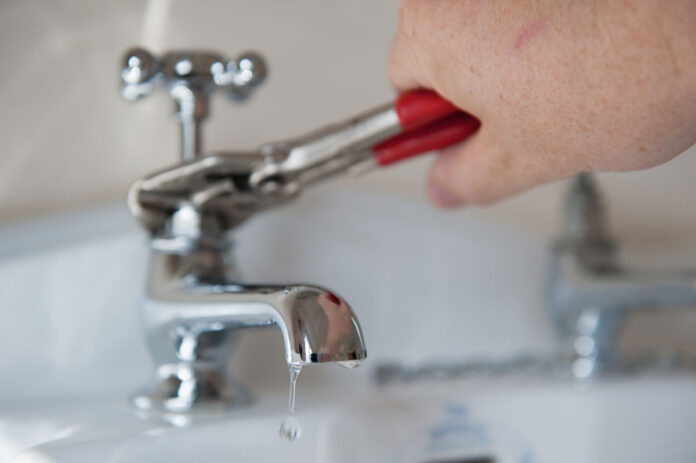Have you ever heard the saying “finding and fixing a leak is like finding a needle in a haystack”?
Well, if that’s the case, let us help you to weed out the hay and help you find your needle – literally! In this article, Draper Realty team shares with you our 2025 Guide on how to track down hidden plumbing leaks and fix them. So, let’s roll up our sleeves and start poking through those stacks!
Identifying the Leak
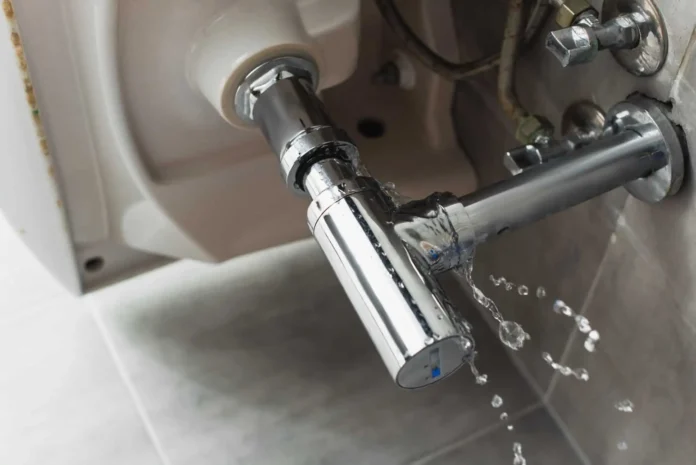
When tracking down hidden plumbing leaks, the first step is identifying where the water is coming from and what type of leak it is. According to Sidex, this will help inform the most effective and efficient way to repair it. Here are some key steps to take when pinpointing the source:
1. Locate Active Leaks – Check all fixtures, fixtures that have visible signs of water leaking from them and visible moisture on walls or floors around them.
2. Inspect Potential Leaks – Inspect all plumbing connections for any visible signs of leakage or swelling caused by too much water pressure.
3. Check for Unusual Noise – Listen carefully for any unusual noise coming from accessible pipes or draining systems. This could be a sign that a pipe has disconnected somewhere and water is escaping into inaccessible cavities.
4. Check Water Usage – Monitor your monthly water bills to check for any discrepancies in usage that you don’t understand, as this could indicate your home has an underlying issue with a hidden water leak.
Once you’ve identified where the leak might be, it’s important to reach out to a professional plumbing services provider so they can access what needs fixing and make necessary repairs quickly and efficiently.
Locating the Source of the Leak
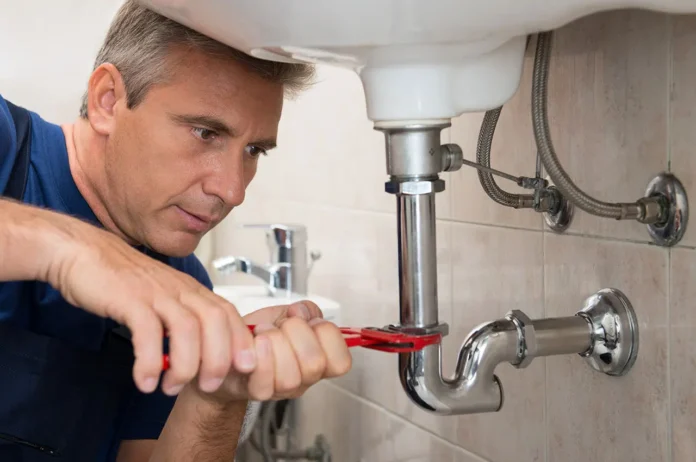
Finding the source can be tricky, but there are certain steps you can take to track it down. Of course, if you’re having serious problems with your plumbing, it’s best to call in a professional plumber to do the work for you. For minor ones, or if you want to try and fix them on your own, here are some tips for finding the source of hidden leaks:
1. Inspect visible pipes: Start by inspecting any visible pipes in your home – look for any signs of corrosion or wet spots that could indicate a leak. If nothing is found, move on to checking behind walls and underneath sinks and appliances.
2. Listen for audible signs: If the source is not accessible through visual inspection, listen carefully for any audible signs of water running through walls or in ceilings. You can also use a stethoscope if necessary.
3. Use a water meter: One way to detect small unseen leaks is with a water meter – this measures the flow rate and amount of water being used by your home’s plumbing system over time (so long as all faucets and appliances are turned off). If you notice an increase in your water bill over time without an explanation for it (i.e., no excessive use), then this could be an indication that there is a leak somewhere within your home’s piping system.
4. Check hoses & joints: Lastly, inspect hoses and joints throughout your plumbing system – these areas are especially prone to wear-and-tear caused by age and wear due hot/cold fluctuations throughout their lives – so check them out anyways! Be sure to run an anti-leak gel along all external pipes as they become more prone to due weathering over time.
Repairing the Leak
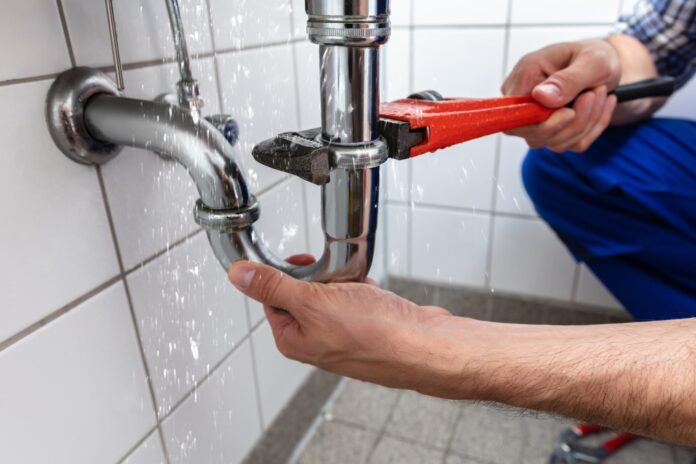
Once you’ve identified the source, repairing the leak is the next step. Before beginning any repairs, make sure to turn off both the cold and hot water supply valves at the fixture or to shut off your entire house’s water supply.
If you are dealing with a damaged pipe that is leaking, it is often necessary to replace it. Depending on your plumbing system, you may be able to make repairs with just a few simple supplies and tools such as Teflon tape, sealant joint compound lubricant, pliers, screwdrivers, etc. For more extensive pipe repair or replacement jobs though, it might be wise to consult a professional plumber.
If your problem is caused by loose fittings or corroded parts such as flush valves or washers in a sink faucet or shower head fitting, you may only need to replace those components.
Once again though professional advice from a licensed plumber may be best for larger jobs such as these as well as for any job involving galvanized piping systems which can be difficult for DIYers without experience in plumbing.
No matter what type of plumbing repair job you are tackling yourself— large or small— problems resulting from hidden leaks can always be addressed and resolved provided you take your time researching solutions, understand the cause of all plumbing issues that arise around your home, and call in qualified help when necessary.
Preventative Maintenance
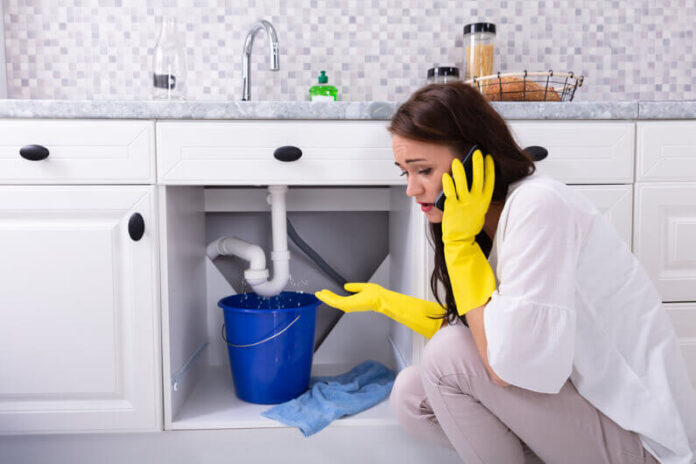
Preventative maintenance is the best way to keep potential plumbing issues from becoming long-term problems. A few simple steps on an annual or semi-annual basis can help you avoid costly repairs later down the road.
Start by inspecting your pipes for signs of damage or corrosion and replacing any affected components as necessary. Next, check for visible leaks around your pipes and fittings, near your fixtures (like sinks, bathtubs and toilets) or near the valves that connect them to the main water supply line.
If any of these areas show signs of wear and tear, they should be fixed immediately to prevent further damage and reduce the chance of a future leak developing in that same spot.
For further prevention, make sure you test all your fixtures regularly for leaks as well. This will ensure that any minor issues are caught early on so they don’t lead to bigger problems in the future.
You should also pay attention to other warning signs such as sudden changes in water pressure, strange noises coming from the fixtures or unusual bill readings over time. These can all be indicators of a larger issue with plumbing systems attempting to work at subpar efficiency levels due to hidden plumbing leaks below ground level.
Finally, scheduling annual maintenance visits for a licensed plumber is a great way to detect and fix potential issues before they become more expensive or dangerous down the line. Taking proactive measures now will result in fewer headaches later!
Conclusion
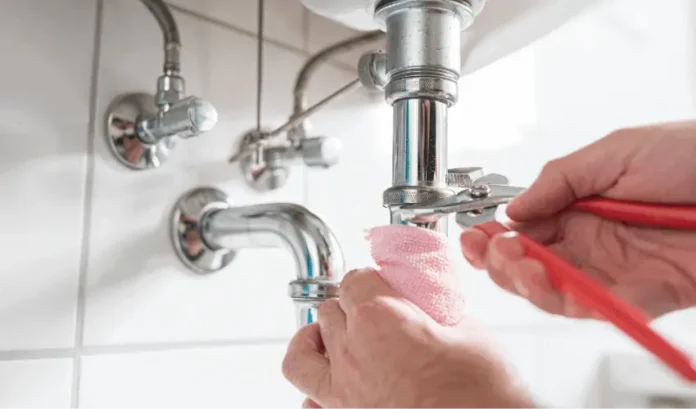
Remember: when in doubt – call a licensed professional to inspect and repair the issue. Plumbing repairs shouldn’t be taken lightly and many times, amateur repair attempts can cause more damage than before.
If you do decide to take on any repairs yourself – please use this guide as reference and invest in the proper materials and tools for the job. We hope this article has been helpful in assisting you with plumbing leaks – good luck!
